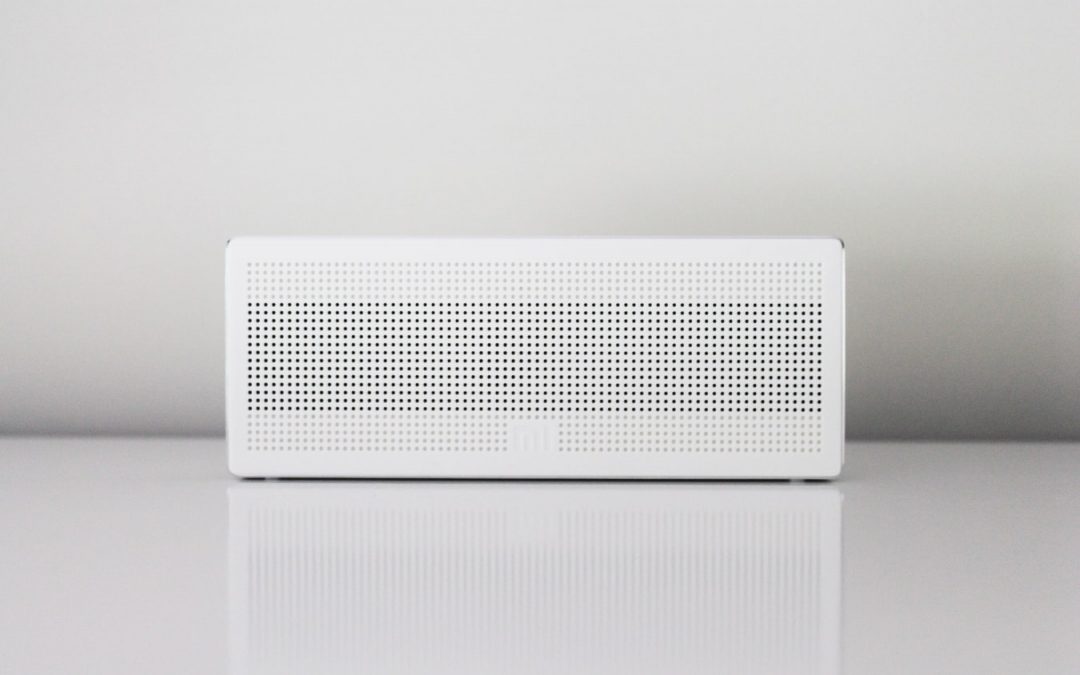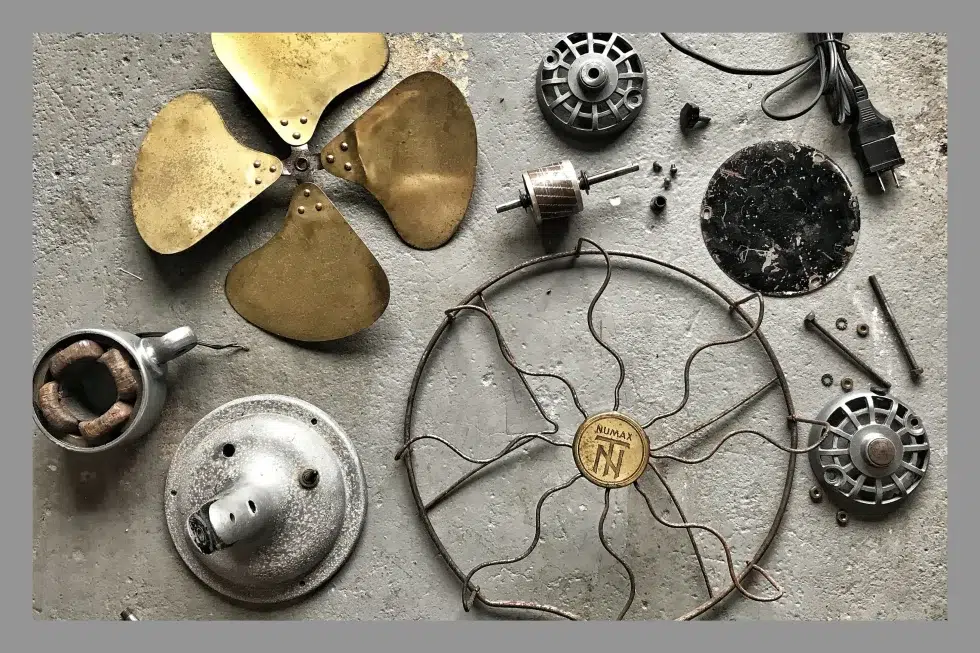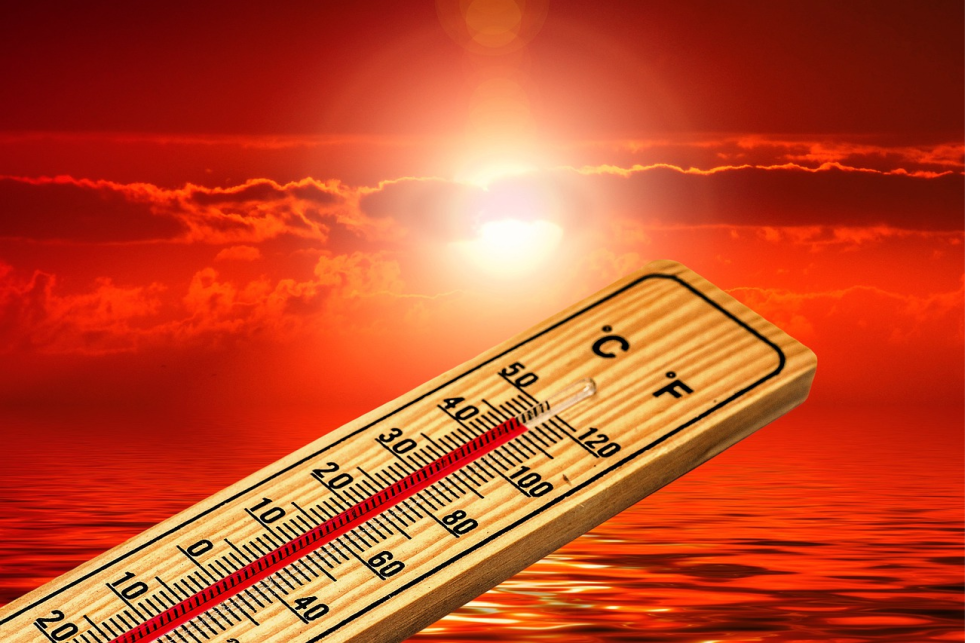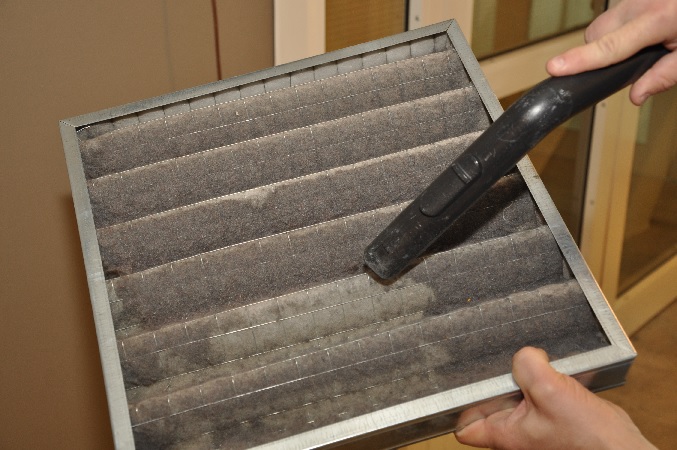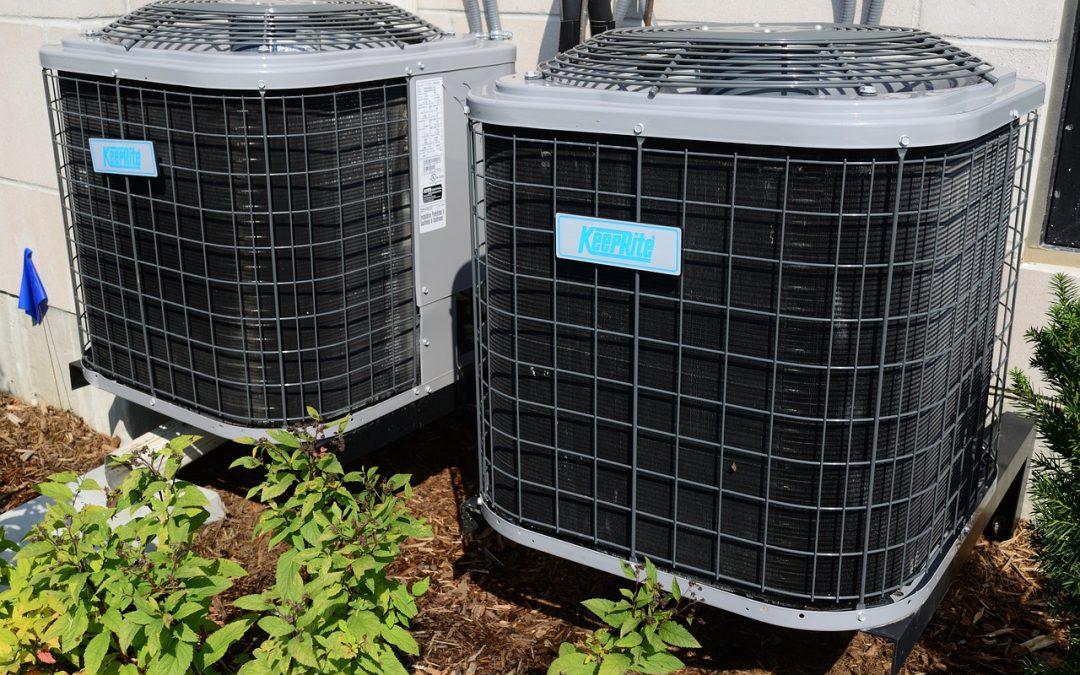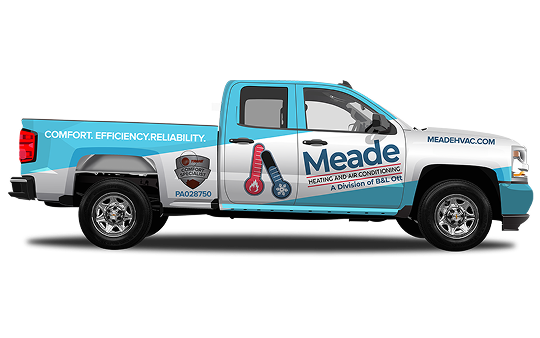Emergency Services
<p>Don’t suffer after business hours if you have an HVAC or water heater emergency. Meade Heating & Air Conditioning proudly offers 24/7 emergency solutions to serve our community best. Call us at 610-458-8706 to get help now. We work day and night in Montgomery, Berks, and Chester Counties. Whether your home is freezing in the winter, your basement is filling with water from your water heater, or you have another emergency, we’re here for you.</p>



